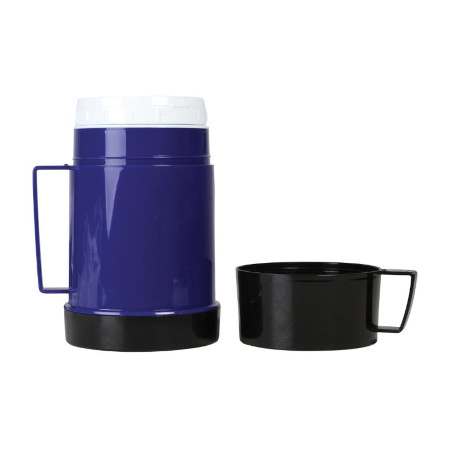The objective of the present research was to eliminate seasonal fluctuations in year-round reproductive performance of sows and to improve litter parameters by administration of oxytocin into liquid semen insemination doses. A 2-year experiment was performed on crossbreed sows, Polish Large White × Polish Landrace, which were partitioned into two groups: control, insemination without any modification with 100 mL semen doses and oxytocin, insemination with 100 mL semen doses to which 5 IU of oxytocin was added just before insemination. A total of 10,486 inseminations were made. The farrowing rate and obtained litter parameters, including the effect of season, were analyzed. For each litter, the following factors were defined: average litter size, percentage of fetal death and mummified piglets, average piglet birth weight, percentage of piglet mortality, fecundity index, average number of piglets weaned, weaned piglet weight, and daily gain.
Sows presented a positive reaction to the experimental factor. A statistically higher farrowing rate for oxytocin group in summer and autumn seasons was confirmed (P ≤ 0.01). Regardless of the season, a higher average litter size was observed in the oxytocin group with the most evident differences for winter, spring (P ≤ 0.01), and summer (P ≤ 0.05). The effect of oxytocin on the percentage of fetal death and mummified piglets born was not confirmed statistically except for winter. Analyzing the fecundity index, higher values were obtained for the oxytocin group in all seasons (P ≤ 0.01), including the lowest difference between groups for winter (51.43) and the highest for summer (100.61). A higher average birth piglet weight and weaned piglet weight were recorded for the oxytocin group in all seasons. The highest differences in birth piglet weight between groups were noted for spring (0.22 kg; P ≤ 0.01) and winter (0.17 kg; P ≤ 0.05) and in weaned piglet weight for winter and spring (0.58 kg and 0.52 kg; for both, P ≤ 0.01). The greatest daily gains were observed in the winter season (P ≤ 0.05) in favor of oxytocin.

On the basis of the presented results, it should be noted that the use of oxytocin into insemination doses improves the farrowing rate and other parameters of the reproductive performance of sows. In the absence of negative effects, year-round insemination with oxytocin addition into seminal doses is recommended, which effectively improves the production performance and reduces the problem of seasonality in reproduction.
Kamil Duziński, Damian Knecht, Sebastian Środoń. The use of oxytocin in liquid semen doses to reduce seasonal fluctuations in the reproductive performance of sows and improve litter parameters—a 2-year study. Theriogenology. Volume 81, Issue 6, 1 April 2014, Pages 780–786. doi: 10.1016/j.theriogenology.2014.01.003





